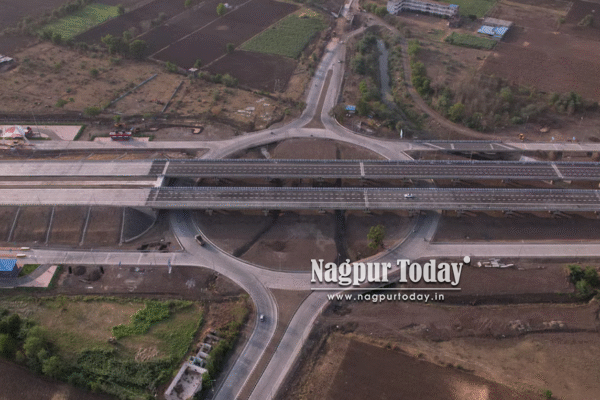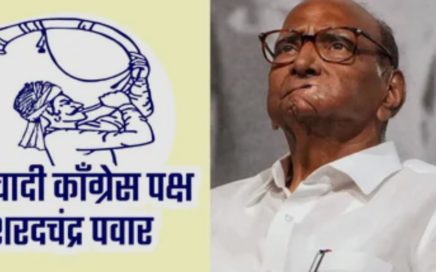 Nagpur: The Hindu Hrudaysamrat Balasaheb Thackeray Maharashtra Samruddhi Mahamarg-better known as the Samruddhi Expressway—may be India’s longest operational expressway, but it has also earned a far grimmer distinction. According to data shared by the Upper Director General of Police (Traffic) in response to an RTI filed by activist Abhay Kolarkar, the high-speed corridor has emerged as the deadliest road in Maharashtra, outpacing both national and state highways in fatality rates.
Nagpur: The Hindu Hrudaysamrat Balasaheb Thackeray Maharashtra Samruddhi Mahamarg-better known as the Samruddhi Expressway—may be India’s longest operational expressway, but it has also earned a far grimmer distinction. According to data shared by the Upper Director General of Police (Traffic) in response to an RTI filed by activist Abhay Kolarkar, the high-speed corridor has emerged as the deadliest road in Maharashtra, outpacing both national and state highways in fatality rates.
Between January 1, 2024, and October 22, 2025, the expressway recorded 291 accidents, resulting in 254 deaths—a staggering fatality rate of more than 87 deaths per 100 accidents. In comparison, national and state highways together averaged about 51 deaths per 100 accidents during the same period.
The numbers underline a persistent safety crisis on the route, which has been infamous for serious crashes ever since it opened in December 2022. Within the first four months of operations, 39 people had already lost their lives, triggering widespread alarm among commuters.
Authorities responded with measures such as repainting roadside safety boards for greater visibility and offering free nitrogen tyre-filling to reduce the risk of bursting at high speeds. Yet, the fatalities continue to climb.
Accident & Fatality Comparison (Jan 2024 – Oct 2025)
• Samruddhi Expressway: 291 accidents | 254 deaths
• National Highways: 20,536 accidents | 10,567 deaths
• State Highways: 10,421 accidents | 5,687 deaths
• Nagpur (City): 2,244 accidents | 580 deaths
• Nagpur (Rural): 1,719 accidents | 806 deaths
Officials attribute a large share of crashes on the expressway to lane indiscipline and consistently high traffic volume. Road-safety experts, however, point to deeper behavioural and structural factors. Many blame “highway hypnosis”—a trance-like state in which drivers cover long stretches without conscious awareness—combined with the lack of adequate rest areas along the 701-km corridor.
The data also shows that accidents inside Nagpur city limits are less fatal compared to those on highways. While 2,244 crashes within the city led to 580 deaths, rural limits saw 1,719 crashes causing 806 deaths, suggesting that higher speeds outside city zones amplify the severity of accidents.
Despite multiple interventions, the continuing rise in deaths indicates that far stronger safety mechanisms are needed on the Samruddhi Expressway. Additional rest stops, better lane enforcement, more frequent signage, and stronger monitoring systems could play a crucial role in reducing fatalities and making travel safer.
The expressway was envisioned as a symbol of Maharashtra’s rapid mobility ambitions. Its spiralling death toll now demands that safety be given equal priority.















